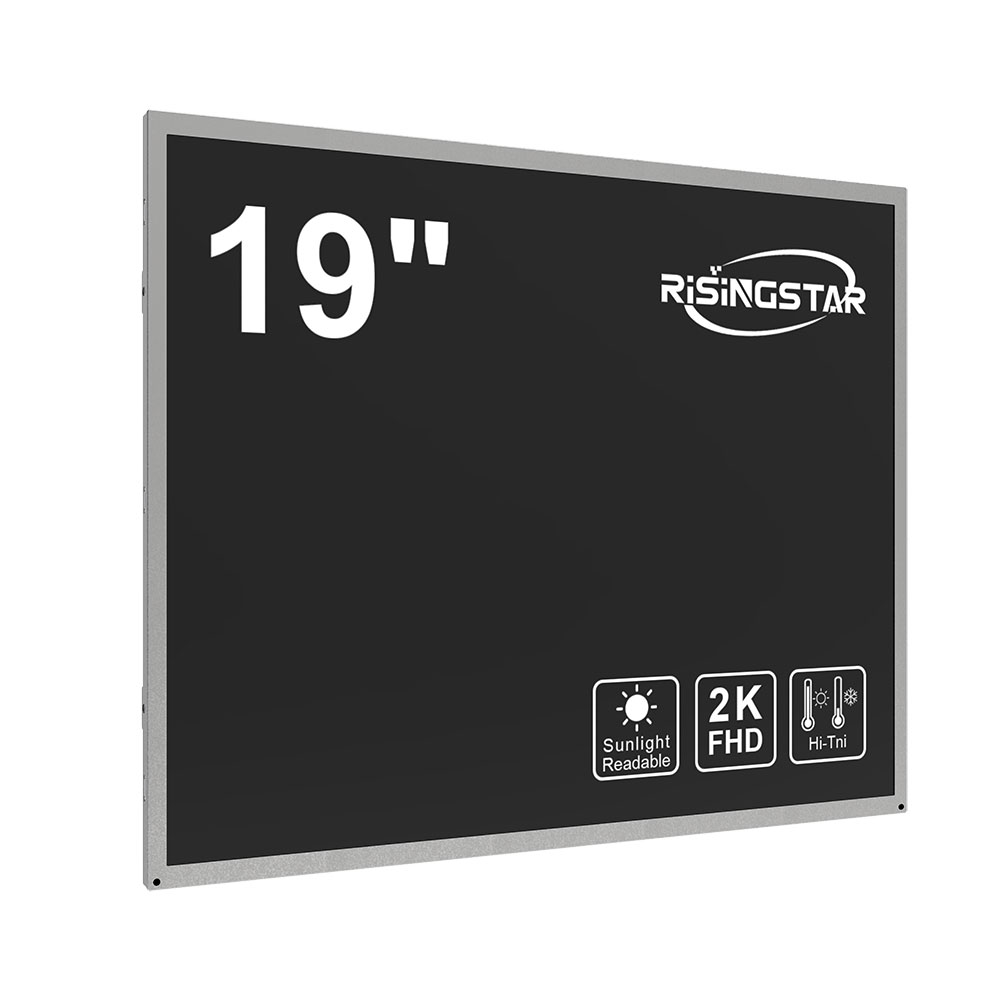- Home
- About Us
- Products
- News
- Video
- Contact
- Send Inquiry
Search
- Home
- About Us
- Products
- News
- Video
- Contact
- Send Inquiry

When deploying outdoor LCD screens in high-brightness environments such as stadiums, transportation hubs, retail plazas, or industrial sites, selecting the right display technology is critical for performance, longevity, and user experience. These applications demand more than standard indoor displays—they require robustness against environmental factors like sunlight, temperature extremes, humidity, and physical impact.
First, brightness is the most crucial factor. Industry standards recommend a minimum of 5,000 nits for direct sunlight visibility, with premium installations often exceeding 10,000 nits. For example, LED-backlit LCDs used in airports or public transit systems must maintain clarity even under intense solar exposure during peak hours. According to a 2023 report by Display Supply Chain Consultants (DSCC), outdoor LCD panels with local dimming and advanced anti-glare coatings can reduce power consumption by up to 25% while maintaining superior contrast ratios.

Second, environmental durability matters. Look for IP65 or higher ratings for dust and water resistance—especially important in coastal areas or regions with frequent rain. A case study from Samsung Display in 2022 showed that their outdoor-grade LCDs deployed in Tokyo’s Shibuya Crossing with IP68 certification outperformed competitors in both UV resistance and long-term stability over a three-year period.
Third, thermal management must be engineered into the design. Outdoor screens are exposed to ambient temperatures ranging from -30°C to +70°C. Proper heat dissipation mechanisms—such as passive cooling with aluminum heatsinks or active fans with dust filters—are essential to prevent overheating and pixel degradation. The Society for Information Display (SID) notes that improper thermal design leads to premature failure in over 40% of non-certified outdoor displays within two years.
Fourth, consider viewing angle and color accuracy. While outdoor conditions may limit human proximity, modern IPS (In-Plane Switching) panels offer wide viewing angles (>178°) and consistent color reproduction across all angles—a key feature for digital signage in multi-directional environments like shopping malls or bus stops.
Finally, connectivity and maintenance: Remote diagnostics, automatic brightness adjustment based on ambient light sensors, and modular designs for easy repair significantly reduce downtime. According to a 2023 Gartner report, smart outdoor displays equipped with IoT-enabled monitoring saw a 35% reduction in maintenance costs over five years compared to traditional setups.
Choosing the right outdoor LCD screen isn’t just about brightness—it's a holistic engineering decision involving materials science, thermodynamics, environmental resilience, and smart integration. Whether you’re installing a digital billboard in Dubai or an information kiosk in Oslo, investing in certified, high-performance outdoor LCD technology ensures operational reliability, visual clarity, and return on investment.